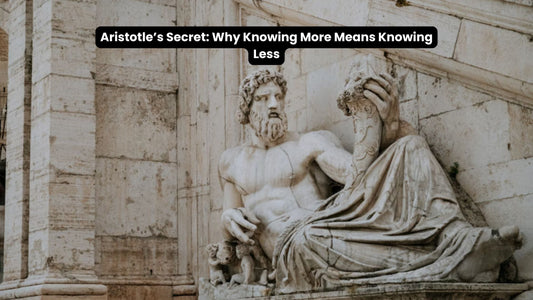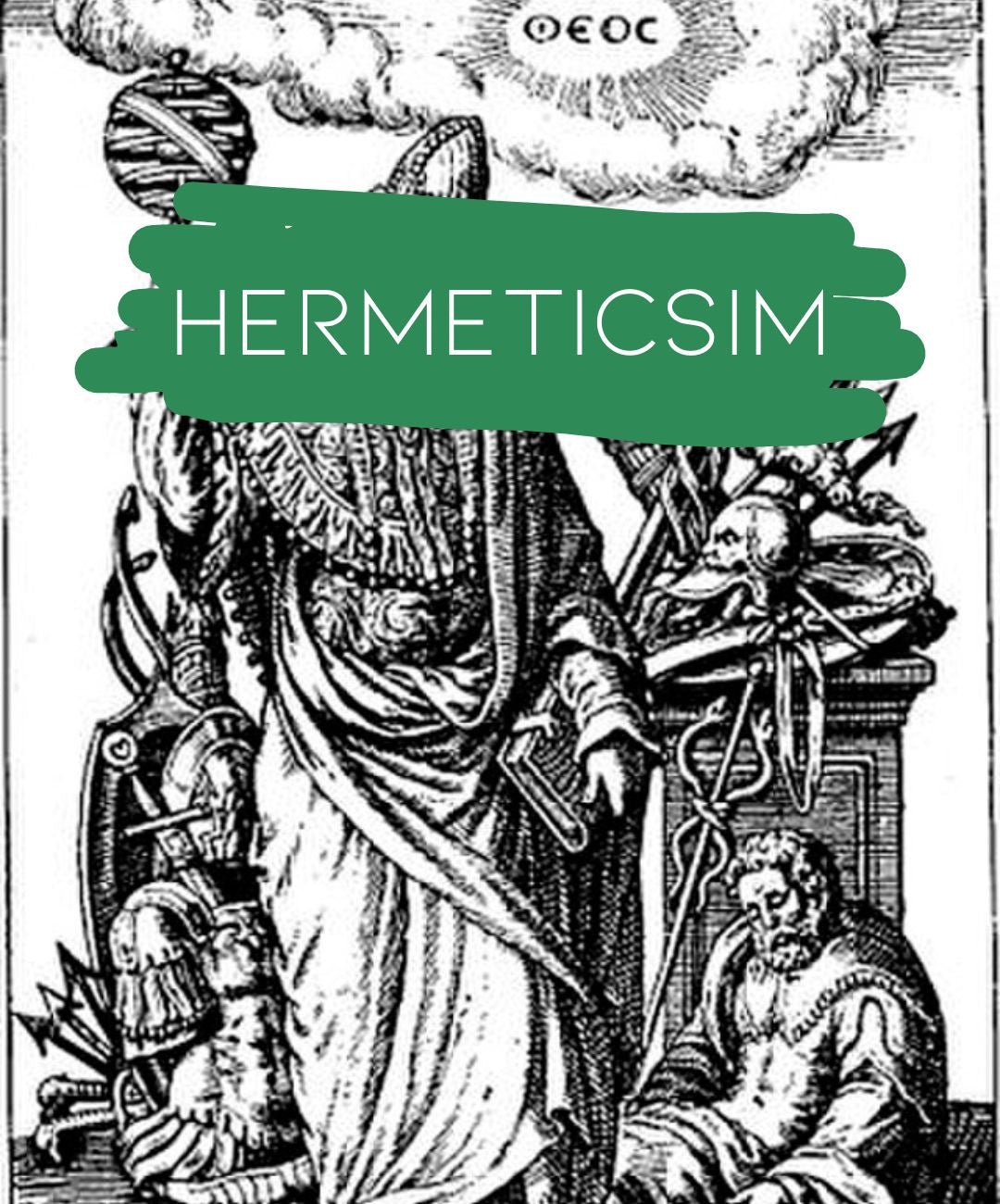-
Process of Alchemy Tshirt
Regular price $22.00Regular priceUnit price / per -
Sage & Seer Tshirt
Regular price $22.00Regular priceUnit price / per
Collection: Hermetic Clothing
Hermetic Clothing: Ancient Wisdom Woven into Modern Apparel
The Seven Hermetic Principles in Every Design
Welcome to Thalira's hermetic collection, where each garment embodies the ancient principles of Hermes Trismegistus. Our clothing is more than fashion—a physical manifestation of hermetic wisdom passed down through millennia.
Hermetism: From Ancient Mystery Schools to Modern Fashion
Each piece in our collection draws from the timeless teachings preserved in the sacred traditions of Egypt and Greece. We carefully integrate authentic hermetic symbols and sacred geometry into contemporary designs.
Hermetic Philosophy in Every Thread
- Mentalism: The power of the divine mind
- Correspondence: "As above, so below"
- Vibration: Everything is in motion
- Polarity: Balance and harmony
- Rhythm: The eternal cycle
- Cause and Effect: Universal law
- Gender: Divine masculine and feminine
Hermetically Sealed Wisdom in Modern Designs
Just as ancient hermetic teachings were carefully preserved and sealed for generations, our designs maintain the integrity and power of these sacred symbols. Each pattern is meticulously researched and authenticated by our team of esoteric scholars.
Explore Our Hermetic Collections
Esoteric Wisdom Wear
Discover our esoteric collection featuring mystical symbols and sacred geometry.
Hermetic Tarot Inspired Designs
Browse our complete collection of mystical patterns and symbols.
Understanding Hermetic Symbolism
Want to learn more about the ancient wisdom behind our designs? Explore our guide to sacred symbolism and meanings.
Blog posts
View all-

Aristotle's Secret: Why Knowing More Means Know...
The more you know, the more you realize you don't know. This Aristotle wisdom bomb has been living rent-free in my head for years. Why? Because it's the perfect antidote...
Aristotle's Secret: Why Knowing More Means Know...
The more you know, the more you realize you don't know. This Aristotle wisdom bomb has been living rent-free in my head for years. Why? Because it's the perfect antidote...
-

The Secret Power Behind Sacred Symbolism in Alc...
By Thalira | Guardian of Ancient Alchemical Wisdom | Translating 2500 years of esoteric knowledge into wearable art since 1991 | Trusted by thousands of modern-day spiritual alchemists worldwide Sacred...
The Secret Power Behind Sacred Symbolism in Alc...
By Thalira | Guardian of Ancient Alchemical Wisdom | Translating 2500 years of esoteric knowledge into wearable art since 1991 | Trusted by thousands of modern-day spiritual alchemists worldwide Sacred...
-

Esoteric Clothing with Sacred Geometry Designs
By Thalira | Ancient Wisdom Keeper with 2500+ years of esoteric knowledge | Helping spiritual seekers find their path through symbolic clothing since 1991 | As featured in Quantum Living...
Esoteric Clothing with Sacred Geometry Designs
By Thalira | Ancient Wisdom Keeper with 2500+ years of esoteric knowledge | Helping spiritual seekers find their path through symbolic clothing since 1991 | As featured in Quantum Living...
FAQ's on Hermeticism

What is Hermeticism?
Hermeticism is a profound esoteric stream that arose in the spiritual atmosphere of Hellenistic Egypt around 300 BCE, bearing the wisdom of Hermes Trismegistus—a luminous figure uniting the archetypal forces of the Greek Hermes and the Egyptian Thoth. Rooted in the mysteries of the cosmos, it seeks to illuminate the nature of the divine, the essence of reality, and humanity’s sacred connection to the universe. Hermeticism weaves together alchemy, astrology, and theurgy as transformative paths, guided by the Seven Hermetic Principles—timeless laws that unveil the rhythms of creation and the spiritual ascent of the human soul.
What are the Seven Hermetic Principles?
The Seven Hermetic Principles (best understood in the Kybalion) are fundamental concepts in Hermeticism:
- The Principle of Mentalism: All is mind; the universe is mental.
- The Principle of Correspondence: As above, so below; as below, so above.
- The Principle of Vibration: Nothing rests; everything moves; everything vibrates.
- The Principle of Polarity: Everything is dual; everything has two poles; everything has its opposite.
- The Principle of Rhythm: Everything flows; everything has its tides; everything rises and falls.
- The Principle of Cause and Effect: Every cause has its effect; every effect has its cause.
- The Principle of Gender: Gender is in everything; everything has its masculine and feminine principles
What practices are part of Hermeticism?
Hermeticism involves various practices including spiritual elevation, divine ascent, and works described in the "technical Hermetica". These may include:
- Devotional worship of cosmic gods and the Godhead
- Sacrifice of speech and singing hymns in sacred silence
- Purification and refinement of the soul
- Astral projection and divine ascent techniques
- Contemplation and mystical union with the Divine
Practitioners may also incorporate practices from other magical and spiritual traditions.
Does Hermeticism require formal initiation?
Hermeticism as a whole does not require formal initiation. While some Hermetic groups may have their own initiation rituals, the core Hermetic texts do not mention a requirement for initiation. However, there are "mysteries" in Hermeticism involving spiritual elevation and divine ascent. Undertaking these practices, especially with guidance from someone experienced, could be considered a form of initiation.
How old are the concepts like the Law of Attraction in relation to Hermeticism?
The Law of Attraction, though widely recognized in modern times, finds its deeper origins within the ancient wisdom of Hermetic teachings. The Kybalion, a vessel for the eternal Hermetic principles, speaks of the Principle of Vibration—a cosmic truth illuminating the unseen forces of cohesion, molecular affinity, and the harmonics of creation. Within this principle lies the essence of what we now call the Law of Attraction, revealing that humanity has long intuited the power of thought and resonance as tools for shaping reality, rooted in the spiritual rhythms of the cosmos.
What is the Hermetic concept of the seven heavens?
Hermeticism reveals the soul’s sacred journey as an ascent through the seven heavens, each resonating with the spiritual forces of the seven classical planets. These celestial realms serve as stages of purification and awakening, where the soul relinquishes the veils of material influence and aligns itself ever more harmoniously with the divine cosmos. In this ascent, the soul reawakens to its eternal essence, drawing closer to the sublime unity of The One—a return to its divine origin, where spirit and source are reconciled in a radiant wholeness.
Who was Hermes Trismegistus?
Hermes Trismegistus, meaning "Hermes the Thrice-Greatest," is a legendary figure central to Hermeticism. He is believed to be a syncretic combination of the Greek god Hermes and the Egyptian god Thoth. Hermes Trismegistus is considered the author of the Hermetic texts and is associated with wisdom, writing, magic, astrology, and alchemy
What is the origin of Hermeticism?
Hermeticism took shape in the spiritual atmosphere of Hellenistic Egypt around 300 BCE, uniting the profound religiosity of Egypt with the philosophical clarity of Greece. Its wisdom is ascribed to Hermes Trismegistus, a luminous figure of ancient knowledge, said to have walked the earth in the era of Moses. This sacred tradition reveals timeless truths about the divine, the cosmos, and the soul’s journey of transformation, offering a path toward higher understanding and spiritual renewal.







